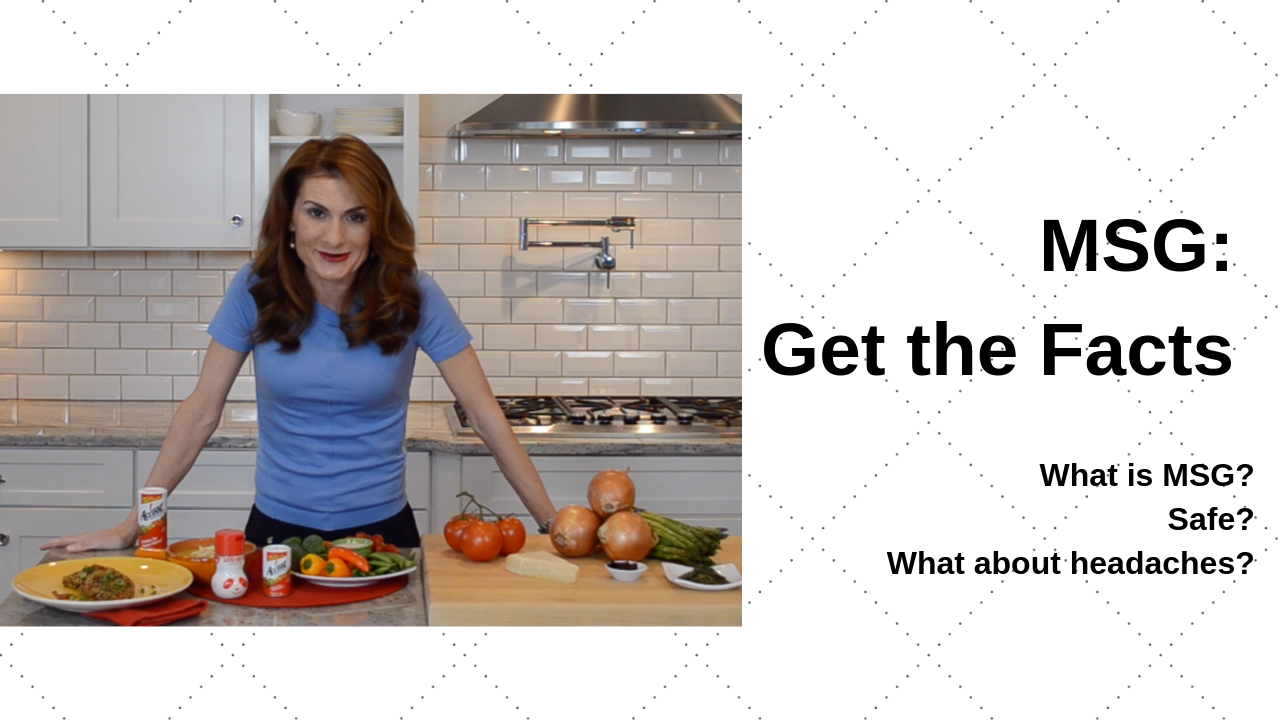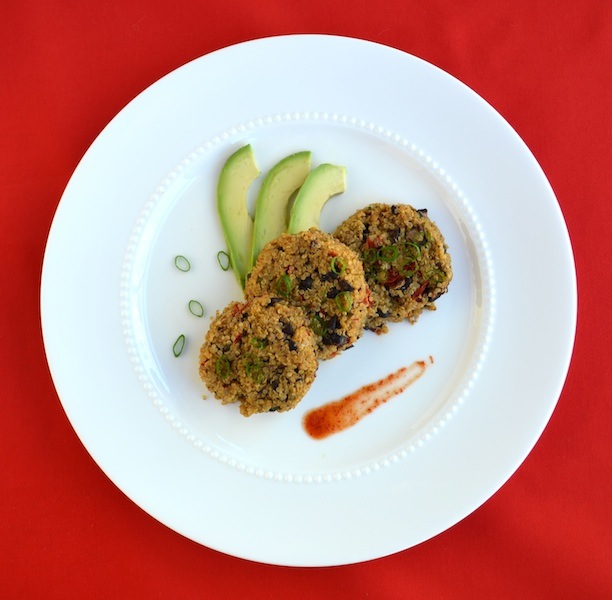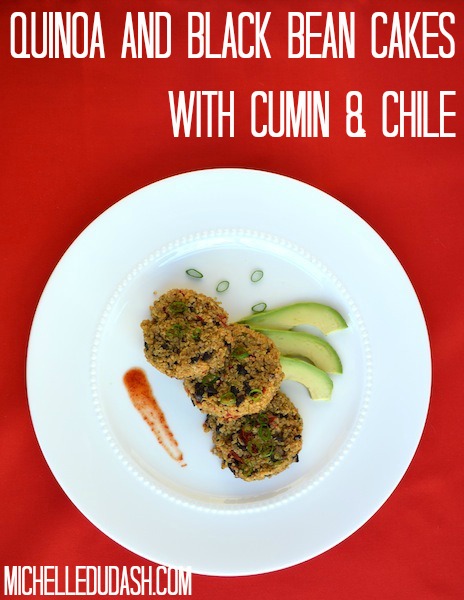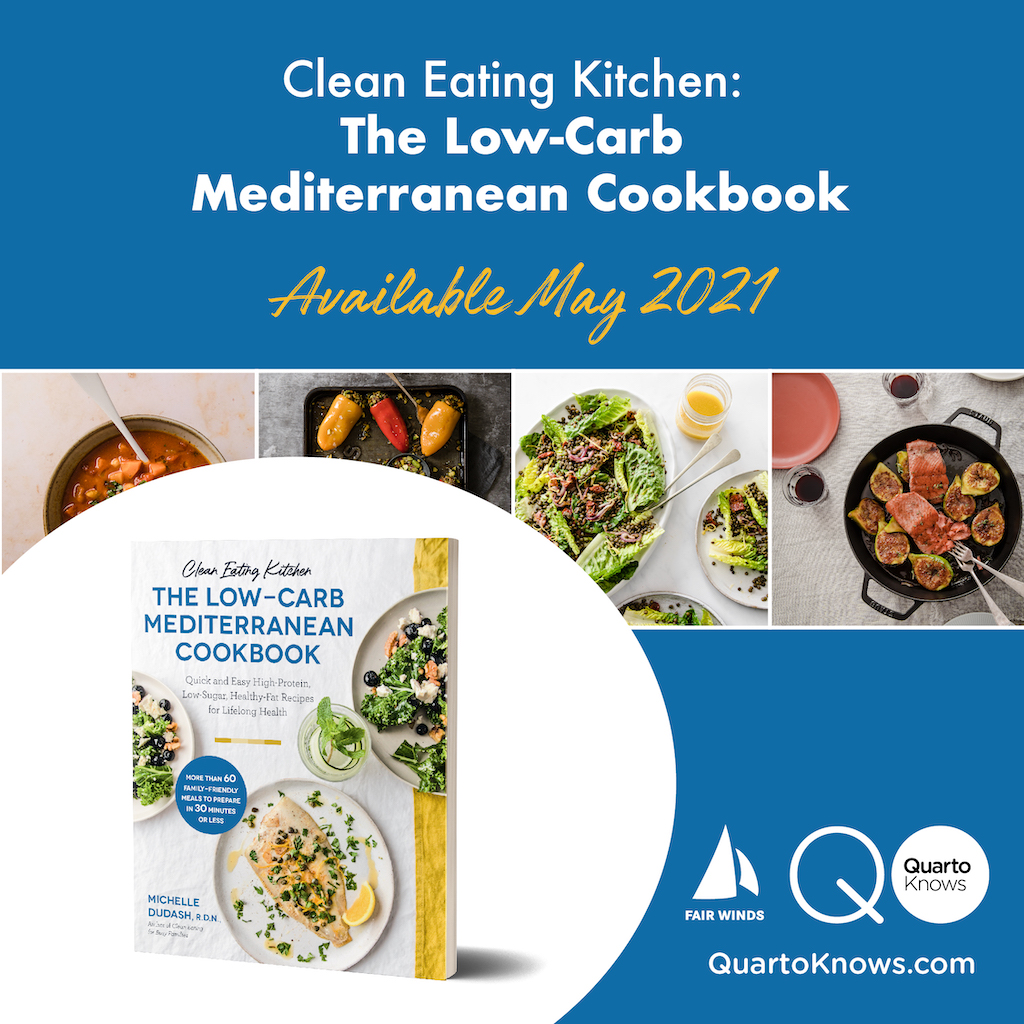MSG: Get the facts on monosodium glutamate

This blog post is sponsored by Ajinomoto. Written 100% by me.
My family and I have been enjoying MSG in our food for years. From our favorite ranch dressing to chicken noodle soup. I’m excited to be partnering with Ajinomoto, manufacturer of MSG, to bring this video to you and answer your biggest questions.
What is MSG?
MSG, or monosodium glutamate, is a seasoning that was discovered in Japan in 1908 and is the manufactured form of glutamate.
Glutamate is one of the most abundant amino acids in our diets, and it occurs naturally in foods. The human body can’t tell the difference between glutamate in MSG and glutamate found naturally in foods.
You’ve probably heard of umami, which is the fifth taste, being savory like parmesan cheese and tomatoes. Even breast milk is high in glutamate.
In simple terms: Glutamate + sodium = MSG
Why add MSG to food?
Similar to salt, MSG enhances the taste of food, bringing out its natural flavors. Sounds good, right? Before we discuss how MSG can help us, let’s tackle the other thing I know you’re asking.
Is MSG safe?
In a word, yes! For the past 30 years, scientists, regulatory agencies, and public health organizations have verified that MSG is a safe flavor enhancer.
What about headaches?
There are no well-done studies proving how MSG causes headaches. In fact, based on the most recent research, the International Headache Society removed MSG from its list of causative factors for headaches in January of 2018.
Benefits of MSG?
Yes, there are benefits! Using MSG in your recipes can actually help you reduce the sodium in your recipes while boosting the taste! To do that:
Replace 1/3 of the table salt in your recipe with MSG.
Or an easy way to remember this is: 2 parts salt + 1 part MSG = nom
This will reduce the sodium in your recipes by 25%.
As a chef, I am all about increasing the savory deliciousness, or umami, which adds dimension to a dish. But when it comes to plant-based foods, you need to take certain steps to get that umami taste in your dishes when you’re not relying on meat and cheese. One way you can do this is with MSG.

For example, in my Quinoa & Black Bean Cakes with Cumin & Chile (printable recipe below), replace a third of the salt with MSG to cut the sodium but have the same, or better, great taste. You can do this at home with pretty much any of your favorite recipes where you’re looking to boost the flavor and reduce the sodium.
At your local market, look for Accent brand MSG.

Quinoa and Black Bean Cakes with Cumin and Chile

By Published: January 29, 2019
- Yield: 3 cakes each (4 Servings)
- Prep: 15 mins
- Cook: 40 mins
- Ready In: 55 mins
MSG helps reduce the sodium by 25% in these vegan quinoa cakes.
Ingredients
- 1 cup quinoa dry
- 2 teaspoons extra-virgin olive oil plus additional for brushing
- 2 scallions green and white parts divided, thinly sliced
- 1 3/4 cups low-sodium vegetable broth
- 1/4 teaspoon salt
- 1/8 teaspoon MSG (monosodium glutamate) like Accent brand
- 1 cup cooked black beans rinsed and drained
- 1/4 cup roasted red bell peppers diced
- 2 teaspoons lemon or lime juice
- 1 tablespoon ground flaxseed + 3 tablespoons water
- 1 tablespoon nutritional yeast seasoning
- 1/4 teaspoon ground cumin
- 1/4 teaspoon chili powder
- Sliced avocado, salsa, hot sauce
Instructions
- In a medium saucepan, cover quinoa with water and soak for 5 minutes. Stir quinoa, pour into a fine strainer.
- Heat the saucepan over medium heat and add oil. When oil begins to shimmer, add quinoa and white parts of scallions and cook until quinoa becomes aromatic and slightly golden, about 4 minutes. Add broth and bring to a boil on high. Reduce heat to low, cover, and cook for 20 minutes. Remove from heat and allow to sit covered for 5 minutes to continue to absorb the moisture. Fluff quinoa with a fork.
- Preheat oven to 400˚F. Line a sheet pan with parchment paper or silicone baking mat. Push quinoa to one side of the pot and add black beans to the other side. Mash with a fork just until all of the beans have been broken in half, but are not mushy. Add green parts of scallions (reserving 1 tablespoon), bell peppers, lemon juice, flaxseed slurry, nutritional yeast, cumin and chili powder, salt, and MSG. Stir all together with the quinoa and beans.
- Using a 1/4-cup measure, scoop the quinoa mixture and place into evenly spaced mounds on the sheet pan. Shape into 1/2-inch patties. Brush the tops with oil and bake for 20 minutes, until the cakes are slightly dried and cohesive.
- Serve with avocados, salsa or hot sauce, and remaining green scallions.

 I'm a chef nutritionist, not the food police. I eat cookies but make sure to eat my broccoli too.
I'm a chef nutritionist, not the food police. I eat cookies but make sure to eat my broccoli too.


yes, Glutamate is an amino acid it is present in our diets, and it occurs naturally in foods. Very nice information about Glutamate amino acid use of MSG for cooking also make food fast and delicious. you can also get more information about what is monosodium glutamate here-
https://www.ajinomoto.com/aboutus/umami/what_is_msg